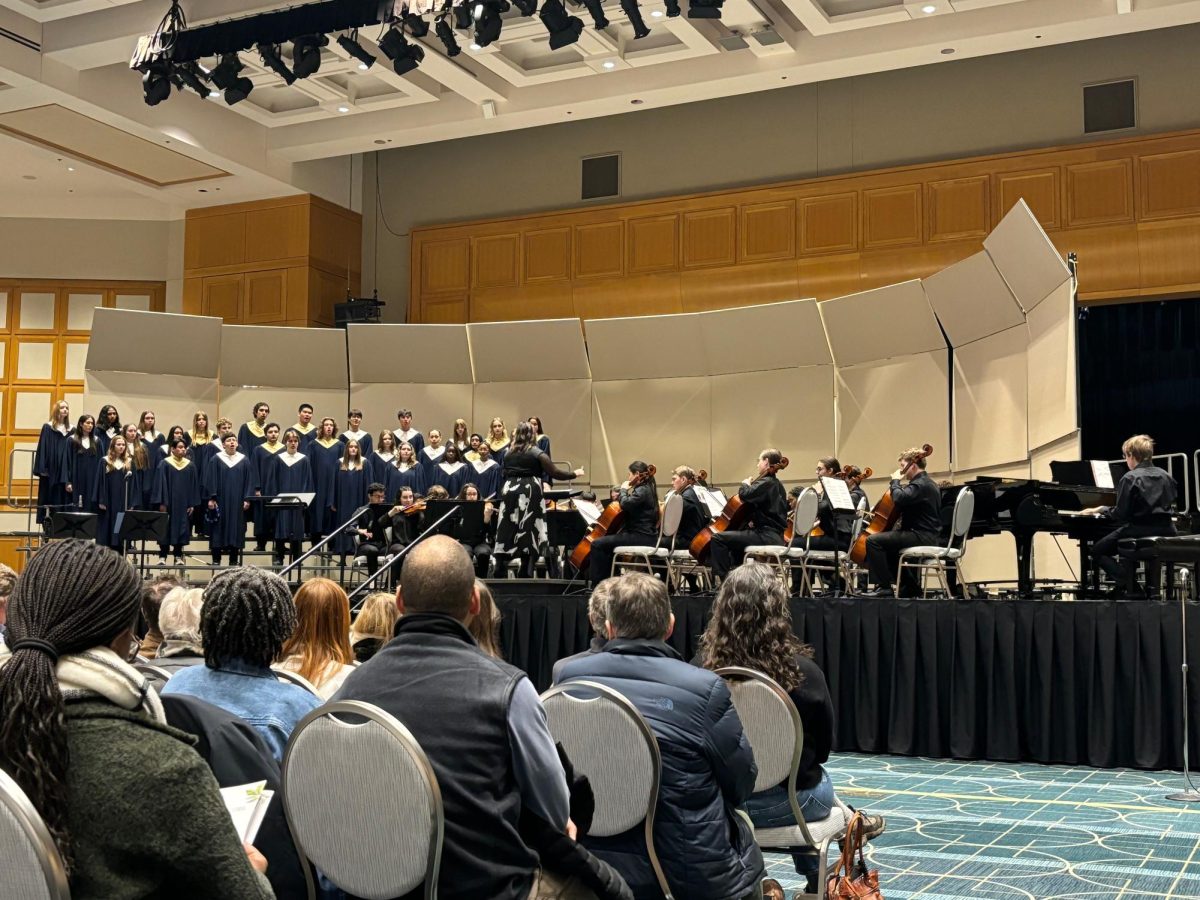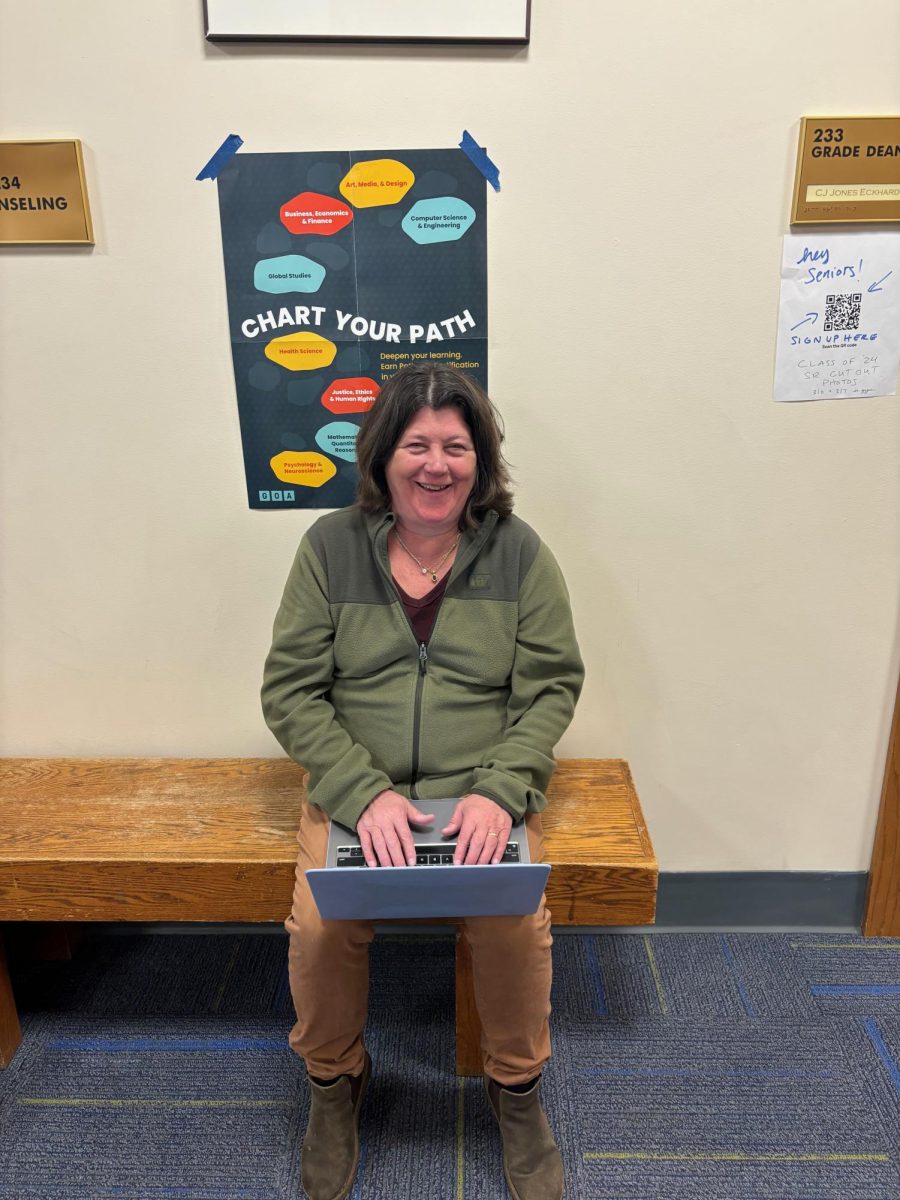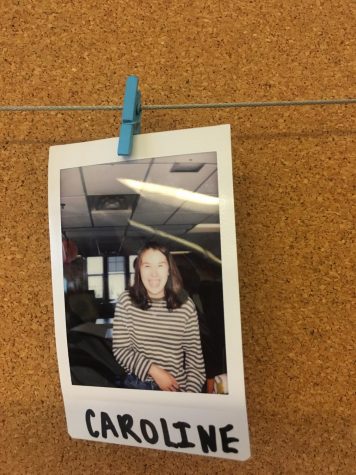ALICE Training, a method of active shooter response training, is slowly being implemented into the Blake community, spearheaded by Mike Feinburg, Director of Transportation Safety and Security, with all administrators and EPIC staff already trained, teacher training happening in the 2019-2020 academic school year, and student involvement projected for the 2020-2021 academic school year.
Training consists of both learning and simulation activities, with the main goal being that in the case of an active shooter situation, students and faculty could act while “understanding what the options are and empowering you to assess what the best decisions are,” explains Upper School Director Joe Ruggerio.
EPIC Staff, a general term consisting of the admissions team and business office among other departments, were trained over the summer while administrators underwent training this fall. All security staff are also trained.
The ALICE Training Institute was started after the 1999 Columbine High School Massacre in order to better equip students and teachers to actively address active shooter situations. In such a situation, ALICE outlines five steps to retain agency and respond to an emergency situation. These steps are Alert, Lockdown, Inform, Counter, and Evacuate, forming the acronym ALICE.
During training, participants are asked to think about possible differing response scenarios that would ensure the greatest chance of survival. These responses could range from fleeing, staying put and barricading the door, distraction, or direct confrontation as a last resort, among other potential options. With this variety in the ALICE protocol, “You are able to have more agency in the way that you react to a potentially dangerous situation,” explains Ruggiero.
Lead Security Officer Brandon Krona echoes this sentiment, explaining that “It’s not about making the building design safer from active shooters, it’s about how to be prepared.”
The protocol will be presented to students in order to “Inform students about what it is, so that when they are in a room with faculty and faculty are doing these things, they know why and what the context is,” explains Ruggiero. While it is rare for students to be without a faculty member in the lower and middle schools, Upper School Students may be trained more thoroughly in advisories in order to account for this added risk.
Specific plans for the revealment and presentation of this training for students is currently under development. Feinburg declined to comment on the grounds of current determination of plans moving forward. However, Ruggiero explains that the security team will be partnering with the counseling team in order to manage possible anxiety or fears about confronting the possibility of an active shooter situation so bluntly. Additionally, there are plans for careful contextualization in order to present the training as agency creating, rather than panic inducing. However, English teacher Cory Tao explains that she is unsure that “you can heighten the tensions any more….I think we are just swimming in the waters of anxiety and tension, because that’s the world we live in. Whether we are trained or not trained doesn’t necessarily assuage concerns.”
But, Ruggiero explains that, “The first thing that was decided was that not talking about it is worse than talking about it, so we know that it’s not something we want to avoid.” The news of this training has increased awareness of this possible reality. Cole Mathews ‘20 explains that it’s “disappointing that it’s come this far and that we need to have actual active shooter drills. But, it’s cool to see that Blake is evolving their response to it.”
The implementation of the ALICE training comes in addition to increased security protocol on all three campuses including badge in cards, the closure of the East door on the Northrop Campus, and the new entrance way to the Blake Campus.
Krona sees this training as the next step in direction to creating a safe and secure environment for learning and growth. He explains, “Blake itself is moving in the right direction to be prepared for a situation, it it were to ever arrive and the ALICE method will give our kids and our staff the power to be able to make a decision on their own and counter things that an active shooter might do.”








